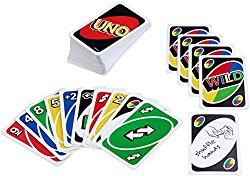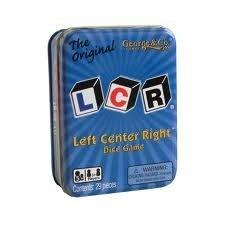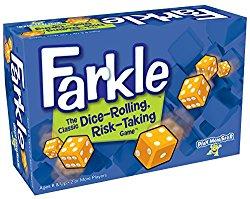Hey – if you like The Small Investor, help keep it going. Buy a copy of SmallIvy Book of Investing: Book1: Investing to Grow Wealthy, buy one of the products shown, or just click on one of the product links and then browse and buy something else you need from Amazon’s huge collection. The Small Investor will make a small commission each time you buy a product through one of our links.
Saving up enough for retirement is critical. There are many articles on how you should be saving for retirement, putting money away into 401ks, and building up an IRA for retirement. But what about when you get to retirement? How do you put the hard-saved money to work to fund your retirement? Do you convert your 401k and IRA to cash and put it into CDs? Do you buy a bunch of bonds and live on the interest? Or should you stay invested in stocks and use the capital gains to fund your retirement? Here are some tips on how to unwind your IRA when the time comes.
1. Hold on as long as you can
Hopefully you will have saved up enough money and cut expenses enough in preparation for retirement to not need to touch your IRA for the first several years. So long as it is in the IRA, it continues to grow tax deferred (or tax-free, if it is a Roth IRA). Unfortunately, the government is itching to get their money on those dollars, so they will force you to start withdrawing money. For a traditional IRA, the age at which you must start taking withdrawals is currently 70 and ½. This can and probably will change over time, however, so it is worth it to talk with your CPA to verify the tax rules and come up with a plan. Get it wrong and you can end up owing a lot of extra money in taxes, so paying a good CPA a few hundred dollars is well worth the price.
There is a strategy in making withdrawals from an IRA. Ideally you will have enough dividend and interest paying assets in the account to produce enough cash each year to cover the required withdrawal. This means that you can just let the cash build up, withdraw it at the end of the year, and then let the process start again. This will work for a while, but the required amount of the withdrawals will increase each year (the government wants it all out by the time you reach a certain age) so eventually you’ll need to start selling assets and pulling them out.



2. Sell your losers, hold your winners
Eventually you will need to start selling stocks and pulling money out of your IRA. When doing so, start by selling things that are just not doing well and don’t have the promise they once had. For example, if you bought a stock but the business you expected never materialized and the stock has been flat, you might as well sell it rather than sell shares in a company that is doing well instead. Likewise, if you have a stock that has had a good run but now has reached a plateau and the growth rate has slowed considerably, you might as well sell it. Since the tax paid will be based on the amount withdrawn regardless of how well you did on the investment, it doesn’t matter whether you are taking a loss or not.
3. Shelter your Income generators.
It is also a good idea to try to keep dividend and interest paying assets in the IRA as long as possible. Because you will pay taxes each year on the interest and dividends when you hold income stocks and bonds outside of the IRA account, while you will only pay taxes on the capital gains when you sell an equity that has appreciated in price, it makes sense to keep the income producing assets sheltered as long as you can. I would therefore sell a stock on which I’d had a capital gain, withdraw the funds, pay the taxes and then reinvest in the stock again if I wanted to continue to own it before I would do the same thing with a stock I was holding for the dividend or a bond.

Want all the details on using Investing to grow financially Independent? Try The SmallIvy Book of Investing.
Have a burning investing question you’d like answered? Please send to [email protected] or leave in a comment.
Follow on Twitter to get news about new articles. @SmallIvy_SI
Disclaimer: This blog is not meant to give financial planning or tax advice. It gives general information on investment strategy, picking stocks, and generally managing money to build wealth. It is not a solicitation to buy or sell stocks or any security. Financial planning advice should be sought from a certified financial planner, which the author is not. Tax advice should be sought from a CPA. All investments involve risk and the reader as urged to consider risks carefully and seek the advice of experts if needed before investing.
